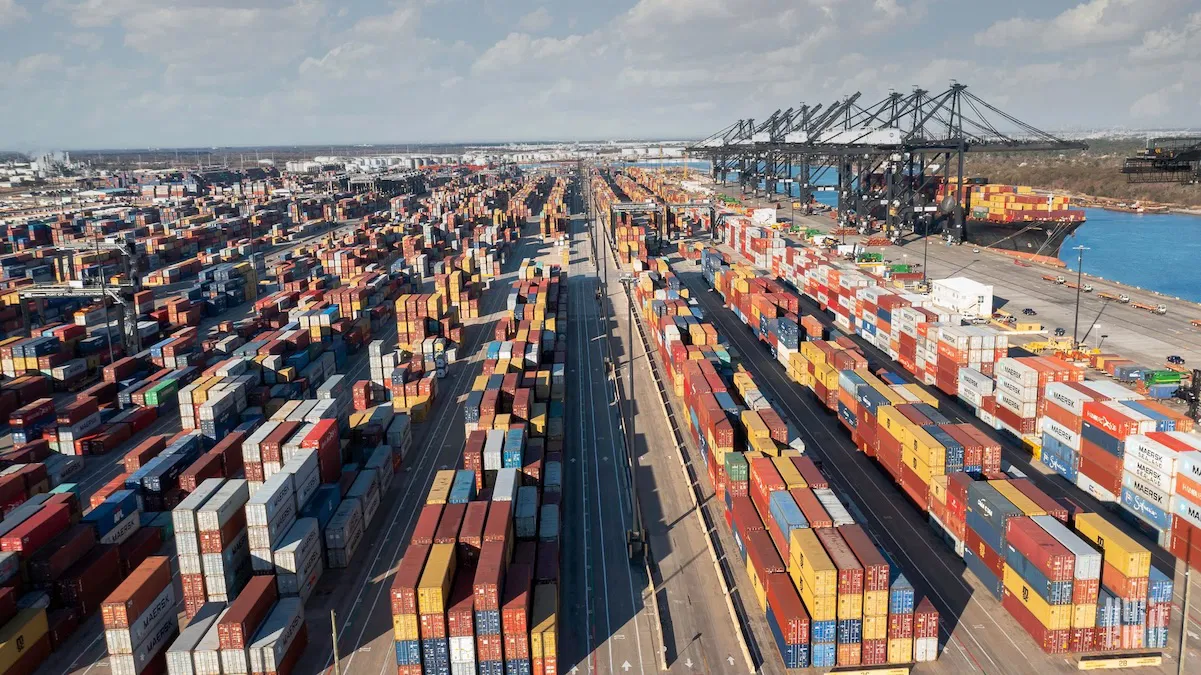Tariffs, which were previously frontloaded, have exacerbated the period of lower demand.
Recent data from analyst Freightos shows a consistent decline in container rates originating from Asia, reaching values below the lowest points of 2024.
Several factors contribute to this downward trend, including the reduced demand following the Lunar New Year, restructuring within new carrier alliances, and increased capacity.
For instance, the Asia-Europe market has experienced an 11% decline in rates, dropping to $2,740 per forty-foot equivalent unit (FEU), which is 14% below the previous 2024 minimum. Similarly, rates from Asia to the Mediterranean have shrunk by 9%, now below $3,800 per FEU. These figures indicate an unusually strong post-holiday demand slump, potentially exacerbated by anticipatory stocking before the holidays to avoid delays caused by diversions away from the Red Sea.
Despite the overall market congestion, particularly at European hubs, carriers have attempted to implement general rate increases for April. However, these efforts in March were largely unsuccessful.
On the trans-Pacific routes, the situation is more complex. While there are signs of stronger demand triggered by frontloading, the anticipation of eventual tariffs and sufficient inventory levels suggest that the latter half of the year may experience weaker-than-usual performance.
Trans-Pacific rates have also followed a downward trajectory. Westbound routes to the United States are currently priced at approximately $2,400 per FEU, while eastern routes are slightly higher at $3,500. Both rates reflect a significant decrease, 18% below the 2024 figures.
Alliance reshuffles and a capacity-driven oversupply, initially observed in 2023, despite temporary absorption due to Red Sea diversions, have contributed to this decline.
Freightos’ analysis predicts more market volatility as the global economy grapples with uncertainties, such as the possibility of increased tariffs on Chinese goods and the potential reinstatement of tariffs on Canadian and Mexican products. The ongoing investigation by the Federal Maritime Commission into the impact of international factors on container choke points further complicates the outlook.





